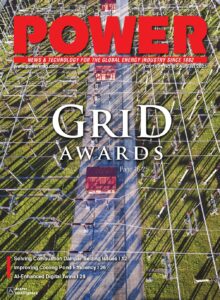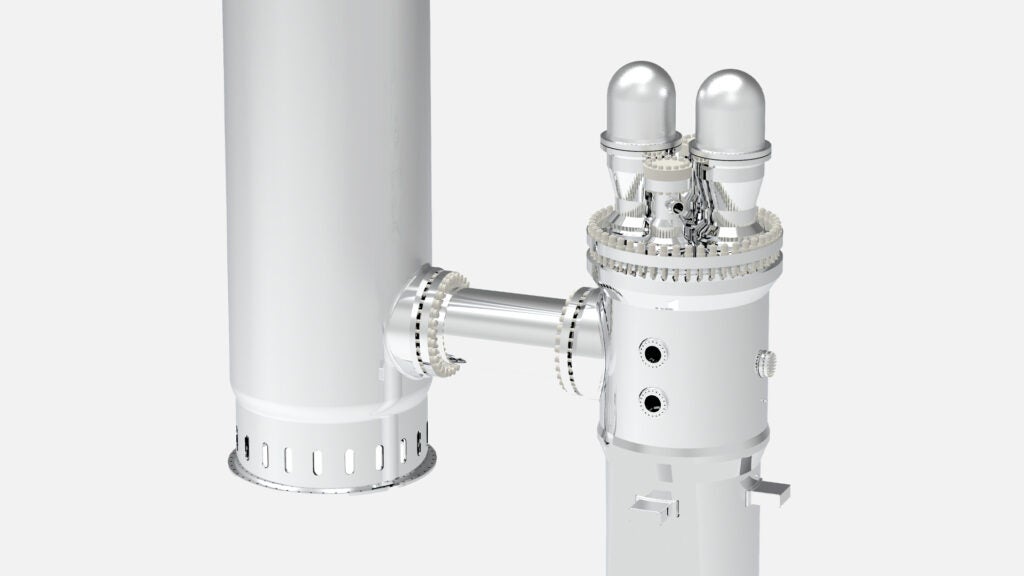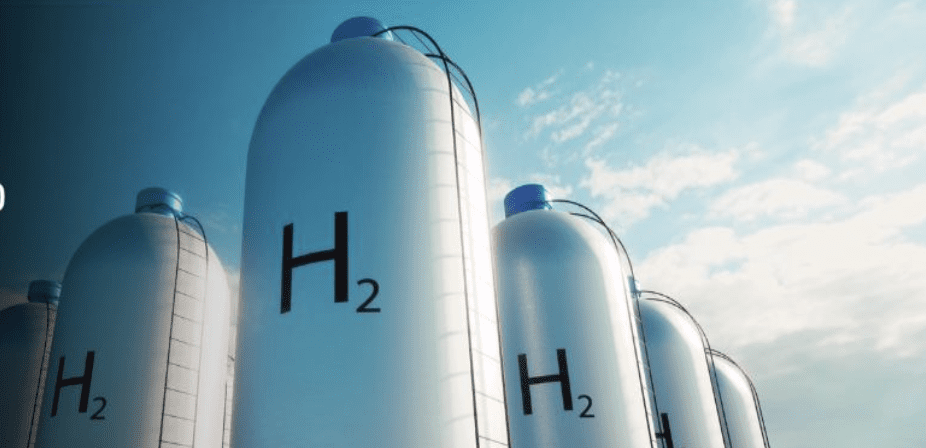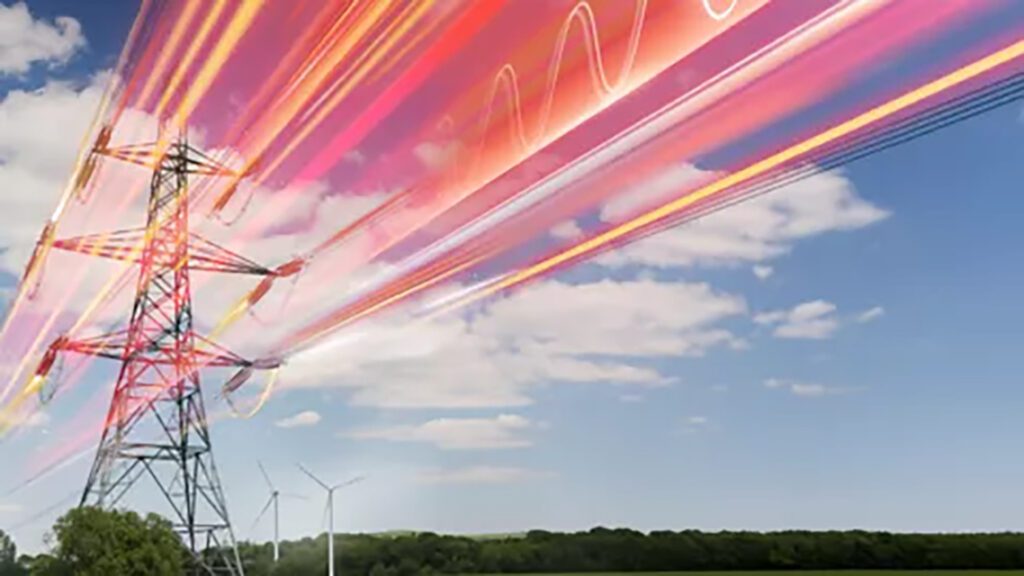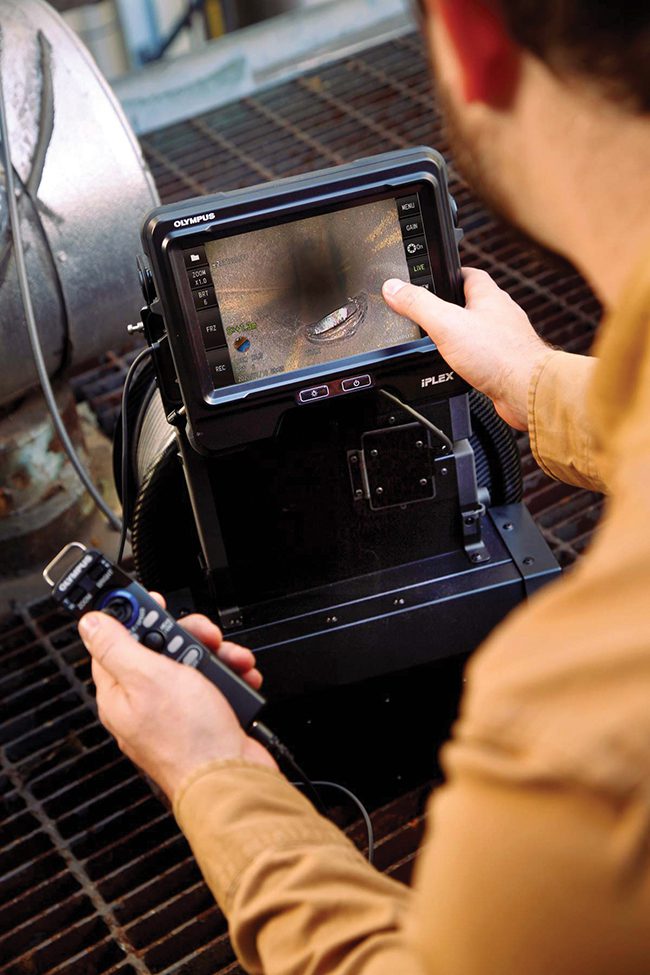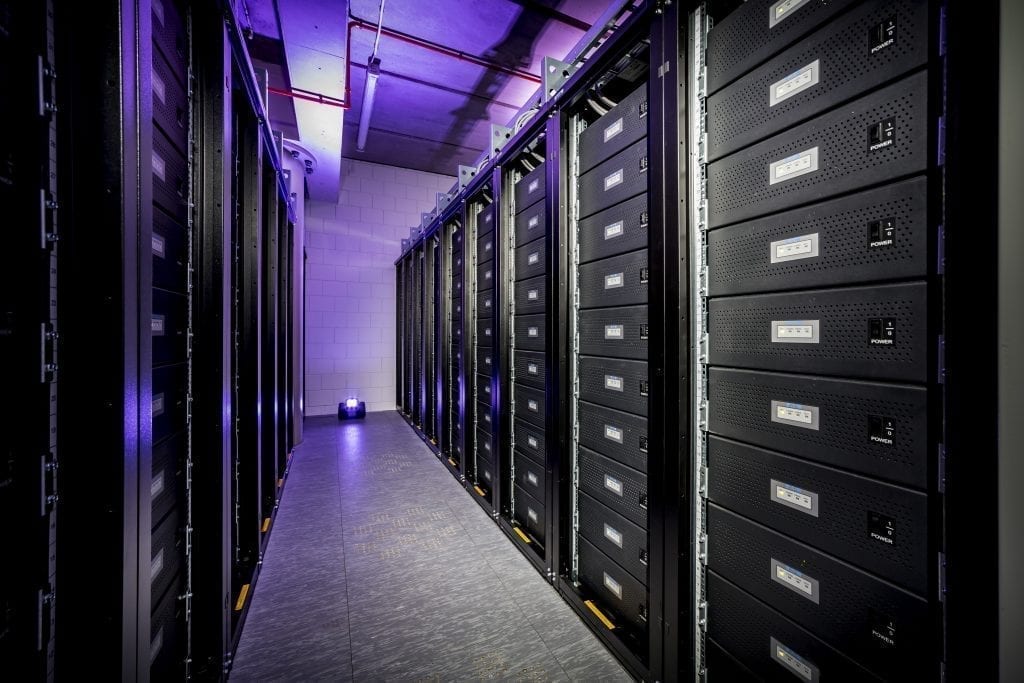Ensuring compliance in power generation projects is non-negotiable—and it’s no longer a box to tick at the end of a project. It now demands continuous oversight, code alignment, and documentation from the very first planning meeting to final handover. For project teams in the energy sector, this shift comes at a time of tighter National Fire Protection Association (NFPA) codes; more rigorous Occupational Safety and Health Administration (OSHA) enforcement; increasing environmental, social, and governance (ESG)-linked reporting pressures; and mounting insurer scrutiny.
Whether working on oil refineries, thermal plants, or electrical generation facilities (Figure 1), consultants are being asked to provide more proof, more quickly, with more accuracy. The question is: how? The answer increasingly lies in digital tools that streamline field documentation, centralize compliance data, and align with evolving codes.

The Compliance Climate: Why Safety Needs a Digital Backbone
Compliance requirements are a constant across every power project, but the rate and frequency at which codes and requirements are changing has increased. In recent years, the U.S. has seen:
- OSHA Pressure. In 2023 alone, OSHA stepped up inspections in the energy sector, issuing over $25 million in citations related to fire protection system failures, lack of fire watch documentation, and insufficient training. This marks a trend toward proactive enforcement over reactive penalty.
- ESG and Insurance Pressure. ESG reporting frameworks such as the Global Real Estate Sustainability Benchmark (GRESB) now include building safety indicators, and insurers are adjusting premiums based on demonstrable safety documentation. Inadequate records can lead to increased liability, delayed claims, or even loss of coverage.
- NFPA Code Tightening. Revisions to NFPA 72 and 101 are adding more stringent requirements around alarms, mass notification systems, emergency signage, and even system testing documentation. NFPA 855, which governs energy storage systems, is also increasingly relevant to power sector teams managing batteries and other energy infrastructure.
- Local Fire Safety Enforcement Crackdowns. Cities like Houston, Los Angeles, and Chicago have escalated fire marshal inspections, often requiring immediate access to digital records of system testing, maintenance logs, and training history to issue permits or occupancy approvals.
At the same time, projects themselves are growing more complex—with subcontractor churn, overlapping timelines, and new technologies. Adding to the strain is a nationwide shortage of experienced professionals. Many firms struggle to onboard and train new inspectors quickly enough to meet rising demand, making it critical to equip teams with intuitive tools that reduce admin time and standardize workflows.
The urgency is also backed by data. A 2024 survey by the Construction Financial Management Association found that compliance and regulatory scrutiny jumped from the 16th to the 5th highest operational risk among energy sector leaders—highlighting a shift in how seriously firms are treating this issue.
What a Strong Digital Compliance Solution Involves
Managing compliance with static checklists, scattered PDFs, or memory is no longer viable. In today’s high-stakes environment, documentation isn’t just about meeting minimum requirements—it’s become a marker of professionalism, preparedness, and risk control.
Modern compliance demands flexibility and precision. Site conditions change, subcontractor teams rotate, and regulatory frameworks evolve. In this environment, waiting until the end of a project to verify compliance is no longer effective—it’s inefficient, costly, and increasingly risky.
Strong digital compliance solutions support a continuous approach by enabling real-time data capture and oversight. Key components include:
- Standardized Assessments. Pre-set forms that guide onsite teams to input the right compliance data. This ensures consistency and avoids omissions.
- Easy Real-Time, Onsite Logging. Mobile apps that allow teams to log issues and observations as they go, reducing lag between inspection and documentation.
- Centralized Collaboration and Oversight. With all findings visible in one place, project managers can uphold quality standards, assign senior reviews when needed, and maintain accountability.
- Audit-Ready Records. A structured digital record of inspections, reports, and decisions makes it easier to demonstrate compliance and respond quickly to client or regulatory requests.
- Reduced Post-Site Reporting. With everything logged onsite, teams can instantly generate final reports—saving hours or days of admin work.
This shift reflects broader industry trends. Research published by the NFPA highlights the growing role of digital documentation in improving safety outcomes—particularly in complex, high-risk projects where real-time oversight can prevent issues from escalating.
The demand for transparency also extends beyond inspections. Regulators increasingly expect digital records of workforce training, safety drills, and certifications—linked to individuals and timestamped—to demonstrate a company’s ongoing commitment to compliance, readiness, and risk mitigation.
Inside a Digital Compliance Workflow: SenezCo’s Fire Protection Strategy
SenezCo, a fire science and engineering firm, specializes in complex inspections across energy sites. Recently, their team was brought into an oil refinery project facing tight compliance deadlines. The objective: survey and document existing fire protection systems across multiple zones, while aligning findings with NFPA code.
Traditionally, this type of work involved paper checklists, photos on personal devices, and days of post-site documentation. Instead, SenezCo shifted to a digital-first workflow. Using PlanRadar—a leading building compliance and inspection platform—the team logged deficiencies, linked issues with photos onto plans, and aligned all issues directly to NFPA references.
The team developed custom templates aligned with internal standards and used standardized forms for capturing field data. These forms ensured consistent documentation across teams while making it easy for site engineers to capture information quickly. With intuitive mobile workflows, engineers logged data in real time—generating high-quality, client-ready reports in seconds and minimizing admin time in the office.
SenezCo successfully delivered a detailed, code-aligned fire safety assessment on schedule, giving their client confidence that the refinery met all compliance obligations before moving into the next project phase. By reducing post-site reporting time, the team stayed ahead of schedule and unlocked capacity to take on additional high-priority projects.
A New Generation of Tools for Safer Projects
Digital compliance in the power sector is evolving—from fragmented records and end-of-project checks to live documentation that supports day-to-day oversight and long-term risk reduction. A new generation of tools is making safety and compliance part of the daily workflow, enabling teams to capture structured, real-time data onsite (Figure 2). That information doesn’t just support current reporting needs—it also builds a critical foundation for analysis, prediction, and prevention.

360° Documentation for Compliance and Progress Tracking
- PlanRadar SiteView. This 360° reality capture feature turns routine site walks into powerful visual records. With a helmet-mounted camera, teams can capture high-resolution imagery that is automatically mapped onto 2D plans by an artificial intelligence (AI)-powered platform. SiteView not only speeds up inspections for field teams—it also enables remote stakeholders to monitor progress and safety systems without needing to be onsite. It integrates seamlessly with compliance workflows, adding 360° visual proof to documentation and building a timestamped log of site conditions.
- vHive. vHive enables autonomous drone-based inspections of complex assets, such as substations or transmission infrastructure. It generates digital twins and visual data models that enhance planning, inspection, and documentation. Particularly valuable in hard-to-reach or hazardous environments, vHive helps ensure that visual compliance checks are safe, structured, and repeatable.
Real-Time Monitoring and Alerts
- Intenseye. Built to work with existing closed-circuit television (CCTV) infrastructure, Intenseye uses AI to detect unsafe behaviors or compliance breaches—such as missing personal protective equipment (PPE) or unsafe equipment use. When a violation occurs, it automatically sends real-time alerts to site managers. The system also generates dashboards to track safety trends and support data-driven decision-making.
- Everguard.ai. Everguard takes safety a step further by combining AI with wearable tech. It monitors workers’ locations and conditions, detecting fatigue, risky behavior, or proximity to hazards. When an issue is identified, alerts can be sent to supervisors—or even directly to the worker via a connected device. It’s an example of how intelligent systems are shifting compliance from reactive to preventive.
Together, these innovations are helping safety become a living process, not an end-of-project afterthought. By embedding documentation, oversight, and alerts into everyday tasks, project teams can ensure compliance at every stage. And with structured data captured in the field, they’re laying the groundwork for smarter decision-making, AI-driven insights, and a more proactive approach to risk management.
Why This Matters Now
Digital platforms are no longer just helpful—they’re essential. A 2023 SmartMarket report from Dodge Construction Network shows a clear shift: contractors increasingly prioritize digital tools for safety and compliance. Meanwhile, the global fire protection system market size is calculated at $95 billion in 2025 and is projected to surpass about $171.73 billion by 2034, expanding at a compound annual growth rate (CAGR) of 6.8% from 2025 to 2034, according to Precedence Research. The growth is being spurred by rising safety expectations and the need to de-risk infrastructure investments. The drivers are clear:
- Transparency for Regulators. Agencies are placing increasing weight on traceable, time-stamped records during audits and inspections.
- Proof of Diligence for Insurers. Insurers are asking for greater evidence of proactive risk management, including digital documentation of inspections, maintenance, and training.
- Accountability for Asset Owners. Owners and operators are under pressure to ensure their facilities are continuously compliant—not just at project closeout.
Adding to the urgency is the industry’s labor shortage and increasing project complexity. With fewer resources and tighter timelines, teams need tools that not only help meet compliance goals but do so efficiently. Firms that still rely on fragmented, manual systems are at a growing disadvantage—especially when every project handover comes with scrutiny from multiple stakeholders.
The shift toward digital also aligns with broader industry trends in AI-readiness and ESG reporting. Clean, structured data captured from the field forms the foundation for analytics, automation, and future innovations in safety monitoring.
Raising the Standard for Compliance
As energy projects grow more complex, so do the demands of safety compliance. It’s no longer about passing the final inspection—it’s about creating a defensible, adaptable process from day one.
Digital platforms can replace administrative burdens with real-time insight. By embedding compliance into daily workflows, firms are building a more resilient, responsive approach—one that not only meets the code, but also sets a higher standard for what compliance looks like in the U.S. power sector.
—David Homola is PlanRadar’s U.S. general manager.

